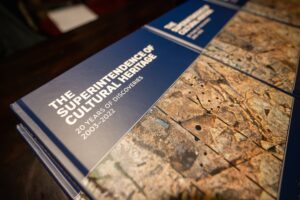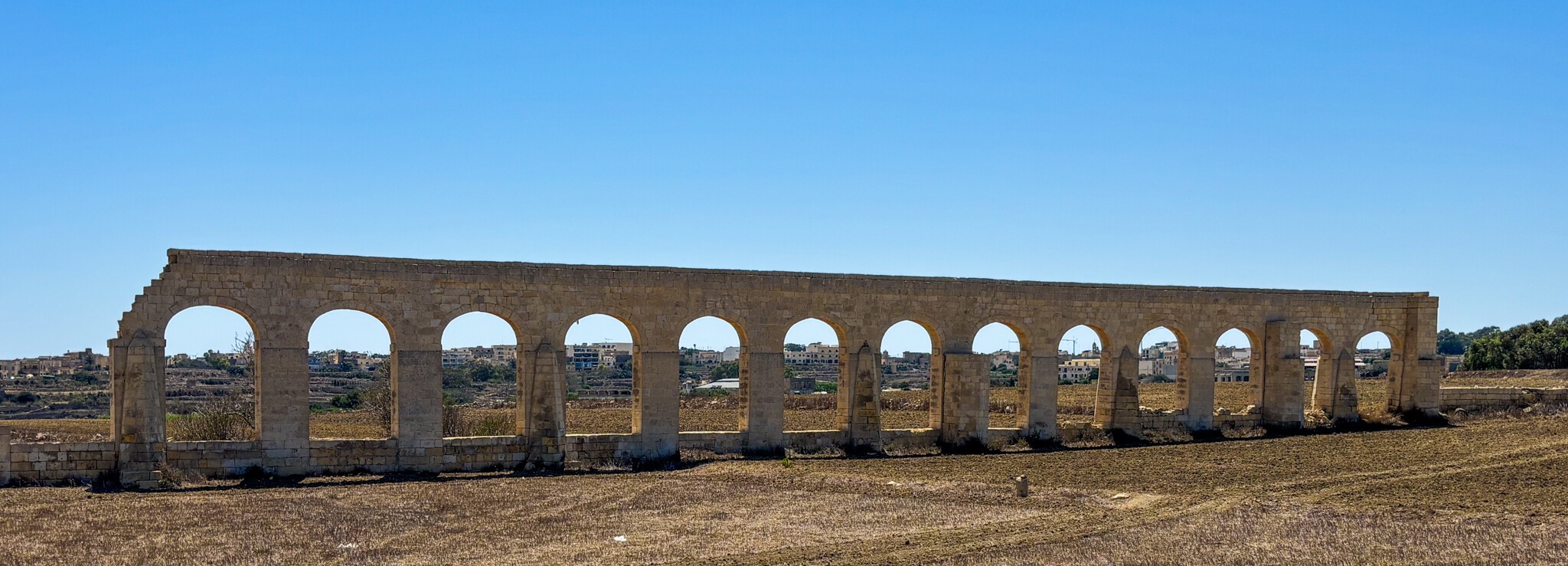
British-era Architecture and More added to Malta’s National Inventory
- Categories News
- Date May 29, 2025
The Superintendence of Cultural Heritage has added sixteen new entries to the National Inventory, a register of cultural property, assets and examples of cultural heritage pertaining to the Maltese Islands. This set of additions relate to properties selected from the Register of Scheduled Property, thereby reinforcing the sites’ inherent cultural heritage significance and ascribing an additional layer of protection. The sixteen new entries include examples of engineering feats, residential buildings and streetscapes, adding to corpus of entries already listed within the National Inventory.
Three historic aqueducts have recently been added to the National Inventory of Cultural Property: Victoria Aqueduct, also known as the Gozo Aqueduct or the Għar Ilma, the Fawwara Aqueducts, and the Xemxija Aqueduct and Water Reservoir. These 19th-century structures, constructed under British administration, are notable examples of colonial-era engineering, developed to transport water from natural springs and reservoirs to nearby urban centres in both Malta and Gozo.
These structures reflect a period of limited access and availability to freshwater in the growing neighbourhoods. Symbols of British-era public works and colonial investment, they once played a vital role in the everyday life of the community. These aqueducts are both a piece of the neighbourhood’s history and a reminder of past times. The Planning Authority, in collaboration with the Superintendence of Cultural Heritage, have also scheduled these monumental feats of engineering.
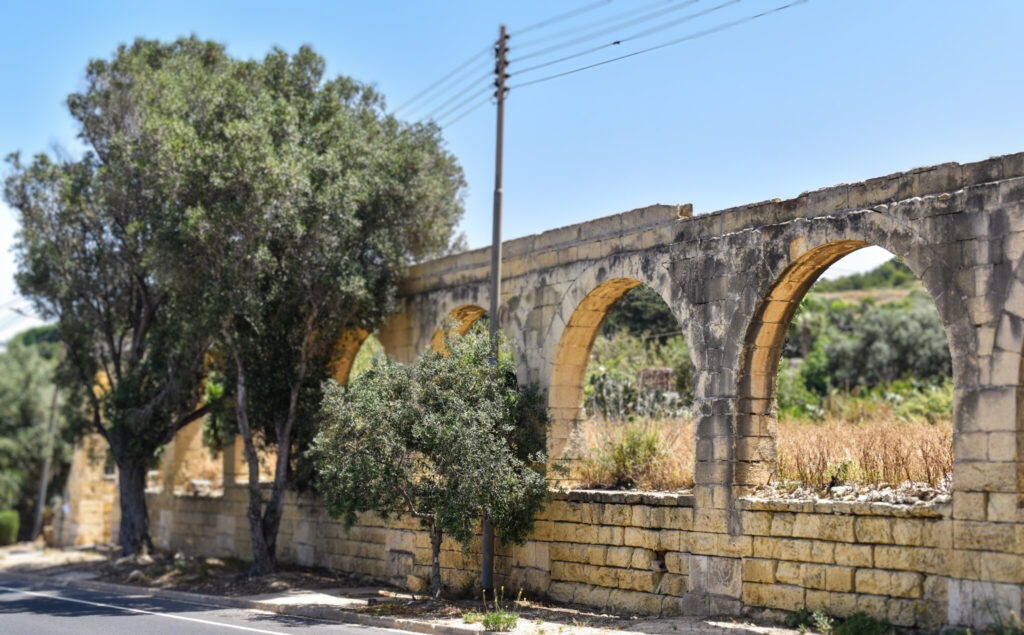
In addition to these aqueducts, a series of dwellings and streetscapes in the St Julian’s area have also been inscribed into the National Inventory. Chief among these is the Spinola Palace complex, including its Belvedere and Boathouse. This complex of structures, already scheduled by the Planning Authority, have been granted this additional valorisation and recognition as significant examples of both palatial and maritime architecture.
Commissioned in 1688 Father Paolo Raffaele Spinola, Grand prior of Lombardy from 1677 to 1692, the current design was subsequently embellished by Father Giovanni Battista Spinola, nephew of the first owner, who commissioned Romano Fortunato Carapecchia in 1733. The building evokes the grandeur of the Late Baroque style, with emphasis placed on the symmetrical cadence of the façade. The central structure is notable for its segmental windows, with Carapecchia’s idiosyncratic inclusion of two windows placed within the central string course. Typical of his style, triumphant sloping wings embrace the sides of the building and form the Belvedere.
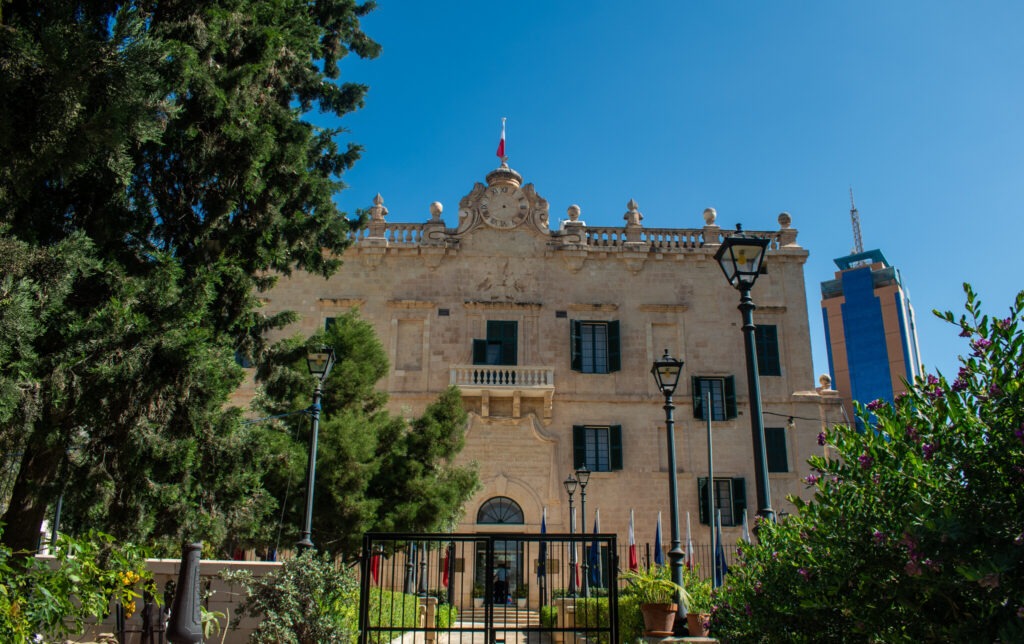
Additionally, several streetscapes and rows of houses have also been inserted into the National Inventory. Such inclusions add to the important public role that cultural heritage plays in both environmental and social fields. In certain terms, these streetscapes are cultural landscapes, shaped by society throughout the ages. These streetscapes are all located in St Julians and are typical of late nineteenth and early twentieth century architecture and are known for their segmented and cohesive façade style.
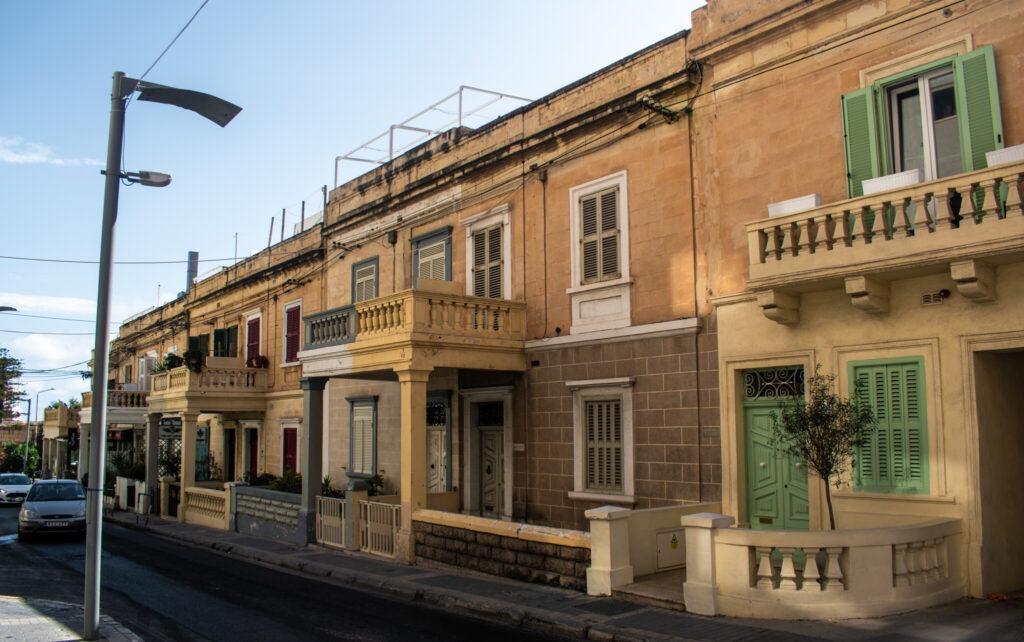
This latest addition to the National Inventory is part of the continuous efforts to document, preserve, and protect Malta’s cultural heritage. The Superintendence of Cultural Heritage remains dedicated to identifying and safeguarding the unique sites that enrich the Maltese and Gozitan landscapes, ensuring they remain lasting symbols of our collective history.
As outlined in Article 59(1) and Article 70 of the Cultural Heritage Act 2002 (as amended), it is imperative to note that any development or intervention on these properties requires prior approval from the Superintendent. Furthermore, causing damage to any of the properties included in the Inventory, even if privately owned, is strictly prohibited and constitutes an offense punishable by law.
The Superintendence encourages the public to visit the GIS Interface on our website, which not only serves as a portal of information for all sites located in the National Inventory, but can also easily highlight the latest additions when selecting “Latest Entries” on the lefthand navigator.
The National Inventory is a cultural heritage register curated and compiled by the Superintendence as one of its functions established by the Cultural Heritage Act (CAP 445).
The full list of properties recently added to the Inventory can be found on Government Gazzette No. 21,444, dated 27, May, 2025 (G.N. 831).
You may also like

BCThubs Project runner-up in the Public Service Sustainability Award


